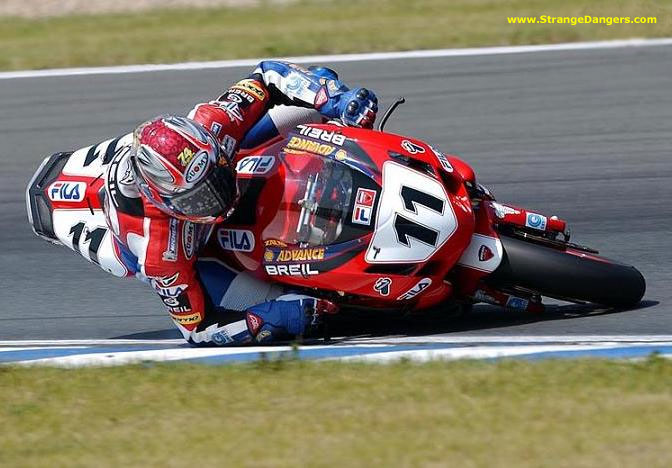So we’ve discussed the need for balance, and planning what you are doing so you can balance. Weighting and de-weighting is a little like balance and also needs planning. It is very easy to lose your balance whilst weighting, so plan well.
So, what is weighting and de-weighting? To explain this, let’s imagine you have a skipping rope under your feet and you’re holding it in each hand. If you pulled up on the rope to try to lift yourself you would immediately understand what weighting is.
If you now jump and pull up the rope after you, you’ll find there is virtually no issues lifting both the rope and yourself. There you go; you now know all about de-weighting.
A motorbike, well a dirt bike, is usually only around 100kg and the weight is spread pretty evening across two wheels, so 50kg or so on each. If you took the rider out of the weight equation, then just about any bike could lift the front wheel with a little throttle, and the rider could actually lift the front, a little, without even having the engine running.
So you’re starting to get the idea that de-weighting can have some significant uses for lifting the front wheel, but what about weighting?
Well, weight equals traction and it also equals the need for traction. Let me explain.
The above article from the road section explains how traction and coefficient of friction is all related to traction. On dirt with dirt tyres, the grip is mostly, not only, what is known as mechanical traction. i.e. the wedge of the tyres knobbies “biting” into the dirt and created a ridge to hold against. So more weight equals more traction. Even with Mechanical traction.
Now, if I am about to climb a steep climb and I have very little run up, I need to accelerate the bike quickly. The last thing I want is for the rear wheel to spin and loose traction, therefore robbing me of the acceleration I need to climb the hill.
Weighting the rear wheel just as I pour on the throttle will help me get the maximum traction and drive, weighting the front at the same time , might help keep the front down, if needed, and give me the drive I need.
So how would you do that? Or for that matter how would you de-weight? It’s not like us dirt bikers carry an anti-gravity device along for the ride, damn it!!!
Sometimes de-weighting is just that – removing our own weight from the equation. But often it’s far more impactful if we can remove most of the bikes weight from the equation as well and this is easy to achieve, albeit with a little practice and timing.
Well, fortunately for us, our dirt bikes come with long travel softly damped pogo sticks (suspension) at both ends. So we can get a bit of a bounce going if we need.
NOW HERE’S AN EXERCISE for those doubting Thomas’s out there. Balance on your bike, either stationary or if you can’t do that with a slight roll forward. Standing, suddenly let your body move downward and then push back upward, pushing the bike down onto the suspension, compressing it.
This part is easy, you can do it very quickly and compress the suspension, like a big pogo stick.
Now the harder part and the part that takes timing, is as the bike rebounds again from the compressed suspension, continue your leap upward and take your weight off the bike completely.
Start with the front wheel and giving a little tug on the bars as you go upward, see if you can lift it, just a little. with some practice you can lift, just a little, both wheel off the ground a small amount.
But to get even a millimetre off the ground you have had to completely remove all of the bikes weight from the ground. Weight affects traction, both how much you have and how much you need, so if your bike has no weight and travels over very slippery, diagonal roots with a slope downhill that would kick you off and suddenly have you kissing dirt….. guess what a little bounce before you cross them will do??? Yep you guessed it, that’s how those “expert” riders seem to ride over stuff without falling off. They de-weight the bike beforehand.
With a little practice this can look like they took a casual seat for a moment before riding over the obstacle, i.e. they did a little “seat bounce” to compress the suspension just before passing over it and you never even noticed … you just thought they had some superhuman ability to keep traction or special extra sticky tyres.
So, as you are learning to balance, keep body position, also keep an eye and memory on what your weight and the weight of the bike is doing. Where might you be able to de-weight over slippery stuff? Or compress the front only by leaning forward and then do a casual seat bounce (compress the rear) which will make lifting the front, getting traction for that blip and the subsequent return to standing all look so casual and effortless, as you launch over that log that leaves everyone else exhausted as they have to lift their 100kg bike over the damn thing and pick it up multiple times.
To Weight or de-Weight, that is the question, always!!!! Happy riding.







One Response